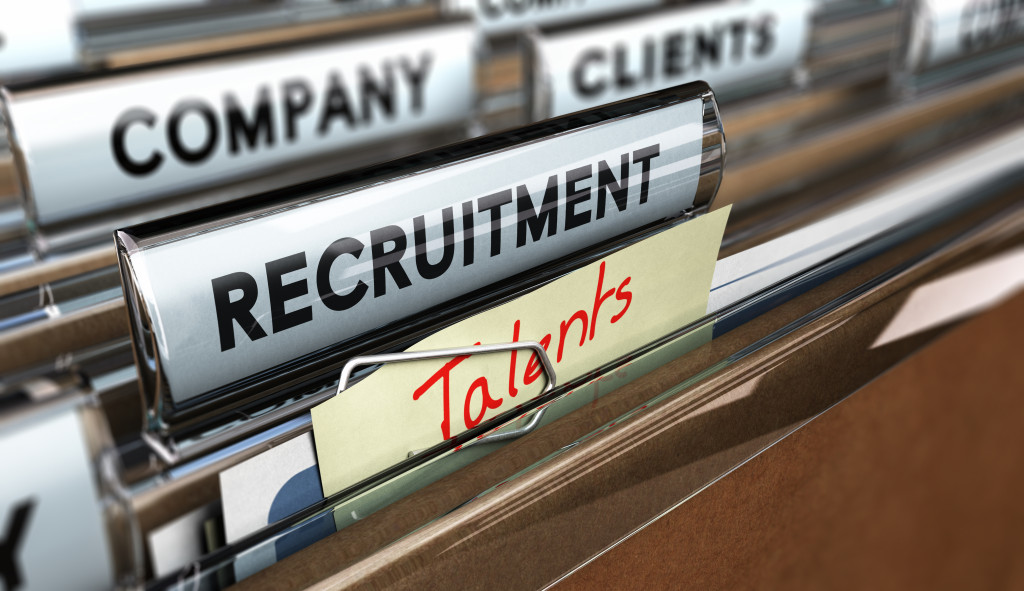Most people must have noticed the rapid shifts in the business environment over the last few years. Human resource management (HRM) is one of the many manual functions that technology has replaced in the workplace. To add value, HR units across many industries have started to turn toward digitization.
Most HR departments struggle with storing and managing employee data. You will often find HR personnel skimming through files for hours without any results. This becomes problematic when there’s an emergency.
Thankfully, big data, artificial intelligence, data sciences, and other technological innovations have made HRM easier. One can easily find any relevant information without losing their mind.
Suppose your company faces the challenge of manual HR processes. In that case, you must adopt the innovations that encourage the best practices in human resources. That said, in this article, you’ll learn about such trends that are revolutionizing this domain.
Product Design Thinking
Product design thinking is a methodology that aims to find out the user’s problems first. The product and its specifications come a close second. Those companies that integrate design thinking with their product development process get better outcomes. HR is one of the departments in an organization that can benefit from design thinking. It mainly aims to solve problems with a human-centric. That is where the similarities lie. Design thinking in HR helps to identify the journey of an employee in an organization.
You must have already heard about the employee life cycle. Here, the management needs to find out what the employee wants, their aspirations, and goals. After the manager ascertains this, the integration of company goals and HR deliverables occurs. In this context, one of the most important things that the management has to think about is assigning the right task to the right person. Finally, transitioning that talent to lateral roles is also a part of the employee lifecycle. Eventually, if the employee is not satisfied, they might leave the organization. To stop exits, one has to think about retaining those talents.
Recruitment Tools and Software

Most large organizations are using applicant screening technology. This reduces the time required to complete the recruitment process. AI or artificial intelligence has managed to erase most human errors. Additionally, these technologies perform most monotonous tasks with ease. Suppose you have many candidates to interview within the day. That is a logistical nightmare when done manually. HR technologies like interview scheduling software automate this task for your recruitment team, so they don’t miss out on excellent prospects.
Additionally, this software reduces the time spent on each hire while keeping all departments informed about the entire process. It also improves the candidate’s experience with the company. The program synchronizes everybody’s time of availability for the interview. Moreover, it also acts as a communication channel that can operate without any human intervention.
Data Analytics and Visualization
Data analytics is changing how HR departments measure their success rates. Till now, real-time and measurable results were possible for functions such as sales, marketing, and finance. Human resource management was the only function that was hard to quantify.
Real-time data has proved to be beneficial in that case in addition to several other aspects. One of them is improving the working environment of employees. A flexible schedule that works for one might not work for another. Data analytics identifies these employee-specific trends and gives information to the managers to make the best decision. Suppose you are a part of your company’s HR management team. You now have a definite figure for absenteeism rate, overtime hours, and overall productivity. With these figures, you can accurately calculate how this affects your business on a larger scale. It ultimately helps to improve the culture in the organization.
Data visualization is another facet of analytics wherein the HR can get rid of multiple spreadsheets and unnecessary data. Now, you can convert each HR variable to visual data via analytics applications. HR managers and executives can best analyze data through graphs and charts. In today’s scenario, the management or the HR can perform these tasks from home as well. HRMS can now be readily integrated into each employee’s induction kit, too. This enables the employees to gain first-hand information about the shortcomings. So you are giving an employee a chance to improve on measurable parameters, or hard skills, even before the appraisal happens.
Leadership Transformation
You must have seen delegation of tasks happening in bottom-up order. However, developing a network within the organization, irrespective of levels, can help to share ownership for various issues. Anyone can take on the role of a leader by making impactful suggestions. It might not be top-down all the time. Today leadership is more about out-of-the-box thinking and communication patterns. Moreover, a global outlook is also essential to take the organization to the next level.
To summarize, these HR trends have begun to revolutionize organizational cycles. More tools and software to optimize human resource management are on the way in the near future. Whatever they are, one thing is sure—these trends are pushing HR departments to new heights. You can also introduce them to your company to hire and retain talent much easier and faster.

